Featured Photo Above:
Combined 1903 World Series Photo: Pittsburgh Pirates and Boston Pilgrims
(Color Restoration by Chris Whitehouse of Mancave Pictures)
Baseball History Comes Alive Now Ranked As a Top Five Website by Feedspot Among All Baseball History Websites and Blogs!
(Check out Feedspot's list of the Top 35 Baseball History websites and blogs)

Guest Submissions from Our Readers Always Welcome! Click for details
Scroll Down to Read Today’s Essay
Subscribe to Baseball History Comes Alive for automatic updates. As a Free Bonus, you’ll get instant access to my Special Report: Gary’s Handy Dandy World Series Reference Guide!
Hack Wilson Photo Gallery
Click on any image below to see photos in full size and to start Photo Gallery:
The Sad Demise of Hack Wilson
“Hung over, yes, many times…drunk, no.” -Hack Wilson’s response when asked if he ever played drunk.
“He was built like a beer keg…and was not unfamiliar with its contents.” -Sportswriter Shirley Povich
Seventy-four years ago last month, a man identified only as a “white male” passed away in a Baltimore hospital. No one came forward to claim the body. There was no money for a coffin. No funeral was planned. All that was known is that the man appeared to have died of alcohol abuse. Not much else was known. However, It was soon discovered that the man was a former baseball player…and his name was Hack Wilson. The demise of the former slugger and future Hall of Famer is among the saddest stories in baseball.
Hack’s Hall of Fame Career
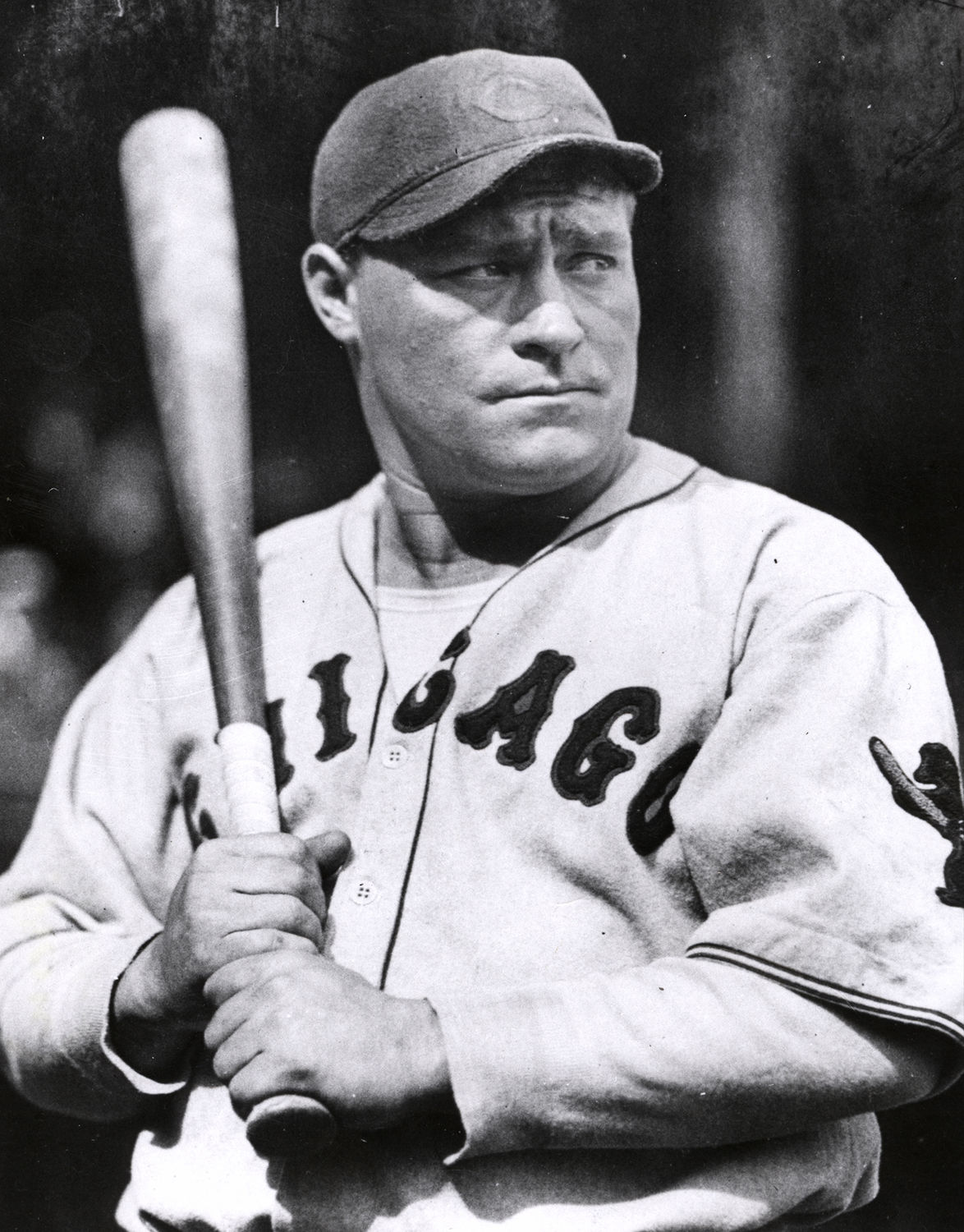
The diminutive Hack Wilson (5′ 6″) was one of the most accomplished power hitters in the game during the late 1920s and early 1930s. His 1930 season with the Cubs is widely considered one of the most remarkable individual single-season hitting performances in baseball history. Highlights include 56 home runs (which stood as the National League record for 68 years), .356 batting average, and .454 on-base percentage. Hack led the National League in slugging percentage (.723), OPS (1.177), OPS+ (177), and RBIs (191) – the latter a major league record that has stood for 74 years and may never be broken. As a sportswriter said at the time:
“For a brief span of a few years, this hammered down little strongman actually rivaled the mighty Babe Ruth.”
In a 12-year career – undoubtedly cut short by alcohol and a penchant for fighting – Lewis “Hack” Wilson hit for a .307 lifetime batting average with 244 home runs and 1,063 RBI. His career 144 OPS+ mark places him well above the average player. Hack led the National League in home runs four times and hit over 100 RBI six times. Although he played on four teams, his finest years were with the Cubs from 1926-31.
Hack Wilson Falls Into the Cubs’ Laps
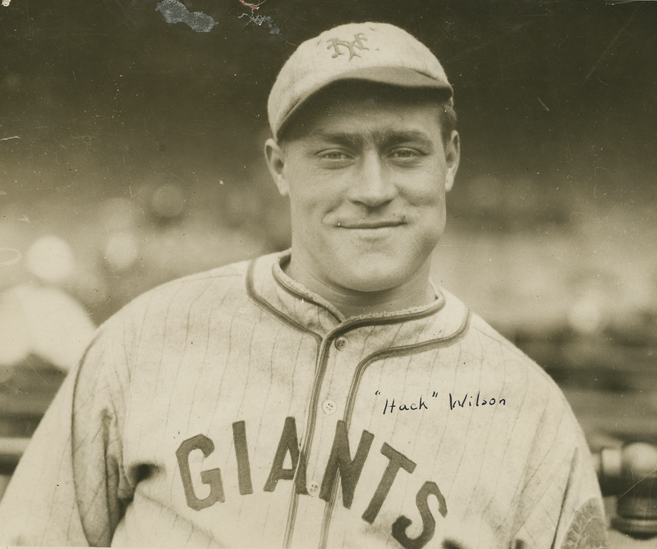
In 1925, an oversight by John McGraw and the Giants’ front office left Wilson unprotected. It allowed Cubs’ president William Veeck, Sr. to “snatch him away” on waivers from the Giants’ minor league affiliate, the Toledo Mud Hens. The Hens’ manager was Jimmy Burke, who tipped his friend, Cub manager Joe McCarthy, that Wilson was unprotected. And just like that, Hack Wilson fell into the Cubs’ laps. It was a mistake McGraw openly acknowledged as one of the worst in his career. Hall of Famer Ross Youngs described the loss of Hack Wilson at the time:
“The Giants just let go to the Cubs the best outfielder I ever played against…and they’re going to regret it.”
Hack Thrives Under Joe McCarthy…
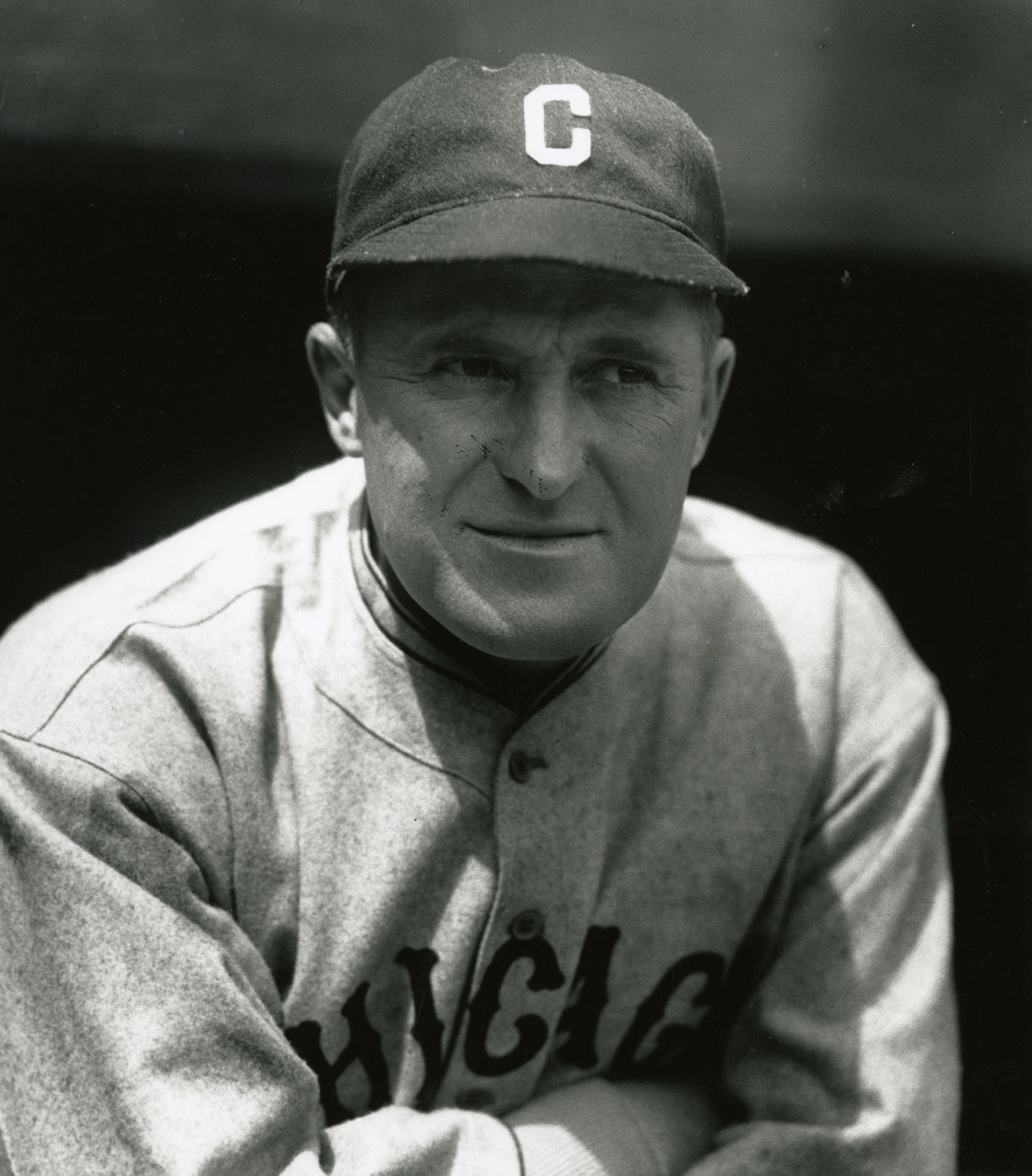
And what a boon he was for the Cubs! Wilson flourished under McCarthy, who knew how to get the best out of his great slugger. McCarthy basically left Wilson alone. As long as Hack continued to be productive, McCarthy, a wise student of psychology, had no problems with him and allowed Wilson to just be himself. As a result, Wilson became one of the most popular and productive players in club history. Fans flocked into Wrigley Field in droves to see the barrel-chested slugger hit. By 1929 the Cubs were in the World Series for the first time since 1918.
...And Rapidly Declines Under Rogers Hornsby
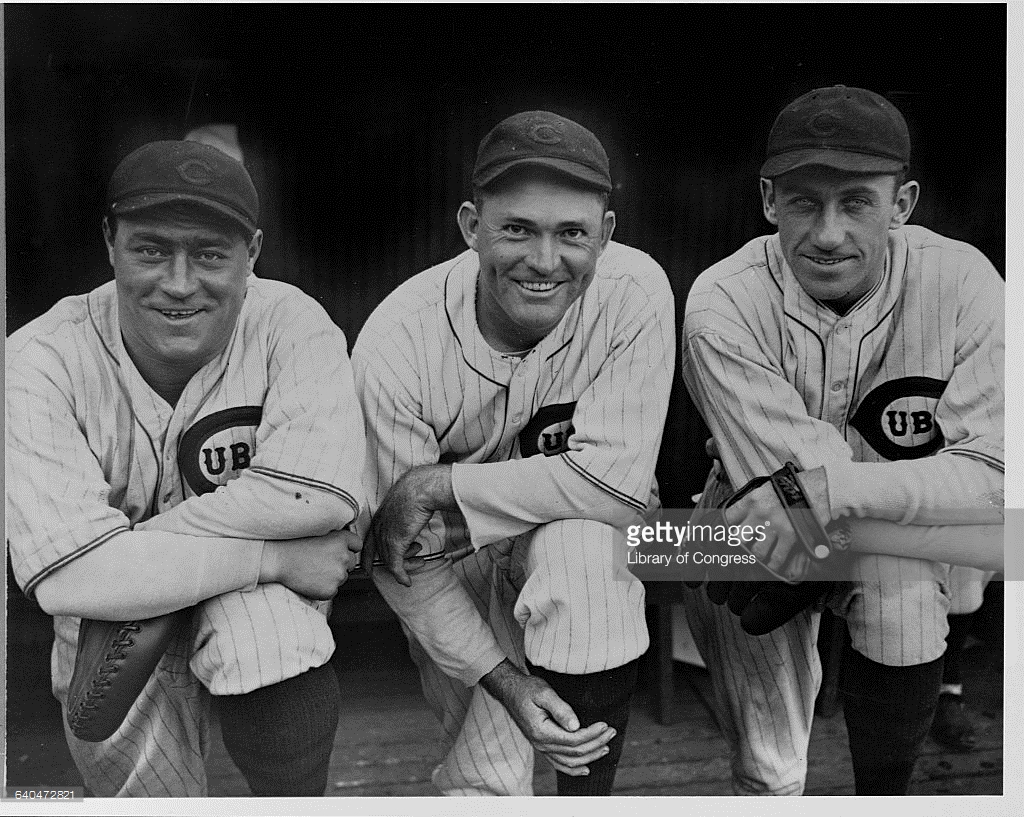
Hack’s rapid decline can be traced directly to the time when Joe McCarthy left the Cubs after the 1930 season. Wilson never adjusted to his tactless new manager, Rogers Hornsby, and his abrasive, controlling style. “Hornsby,” Hack, said, “didn’t allow me to swing away like Joe McCarthy did.”
After repeated confrontations and a protracted slump, he was benched in late May. Suspension and fines followed after a fight with reporters aboard a train, and he was soon traded away to the Brooklyn Dodgers where his power numbers tailed off dramatically. After a short stint with the Phillies in 1934 he was out of the game.
Hack Falls On Hard Times
Hack initially returned to his hometown of Martinsburg, Virginia where he opened a pool hall. Financial problems soon followed due to a failed sporting goods business combined with a messy divorce. By 1938 he was working as a bartender near Ebbets Field in Brooklyn. More failures and relocations followed in rapid succession: a night club venture in Chicago that went bust; then a job as a goodwill ambassador for a professional basketball team in Washington, D.C. that didn’t last long.
A move to Baltimore soon followed with the hopes of finding steady employment. It was not to be. A tool checker job in an airplane manufacturing plant, a laborer for the city of Baltimore, a manager of a Baltimore public swimming pool. But the results were always the same. More disappointment followed by more failure. It seemed no matter where he went, everyone wanted to talk about his two dropped fly balls in the 1929 World Series. No one wanted to talk about his record 56 home runs and 191 RBIs. The stigma began to take its toll. His family deserted him. Hack’s only relief came from the bottle.
Fame and Fortune Can Be Fleeting…
On October 4, 1948, Hack took a fall and was discovered unconscious. Though the accident didn’t appear serious at first, pneumonia and complications from alcoholism soon set in. Six weeks later, on November 23, 1948, he was dead at the age of 48.
How quickly he had fallen. Once the highest-paid player in the National League, Hack Wilson died penniless. His family, including his son, Robert, refused to claim his remains. On November 26, National League President Ford Frick claimed his body. Sending a check for $350, Frick paid for Wilson’s funeral services, including the cost of his coffin. His gray burial suit was donated by the undertaker. In marked contrast to Babe Ruth’s funeral, which had been attended by thousands just three months earlier, only a few hundred people were present for Wilson’s services.
Ten months later, Joe McCarthy, his Cub manager under whom he had thrived, organized a more fitting memorial service for the former baseball great. It was attended by many baseball dignitaries: Charlie Grimm, Kiki Cuyler, Nick Altrock, and other players from his glory days. A collection was taken up and a granite tombstone was later unveiled with the inscription, “One of Baseball’s Immortals, Lewis R. (Hack) Wilson, Rests Here.”
Gary Livacari
Subscribe to our website, “Baseball History Comes Alive!” with over 1200 fully categorized baseball essays and photo galleries, now closing in on the one million hits mark with 902K hits and over 700 subscribers: www.baseballhistorycomesalive.com
Information: Excerpts and quotes edited from Hack Wilson Wikipedia page
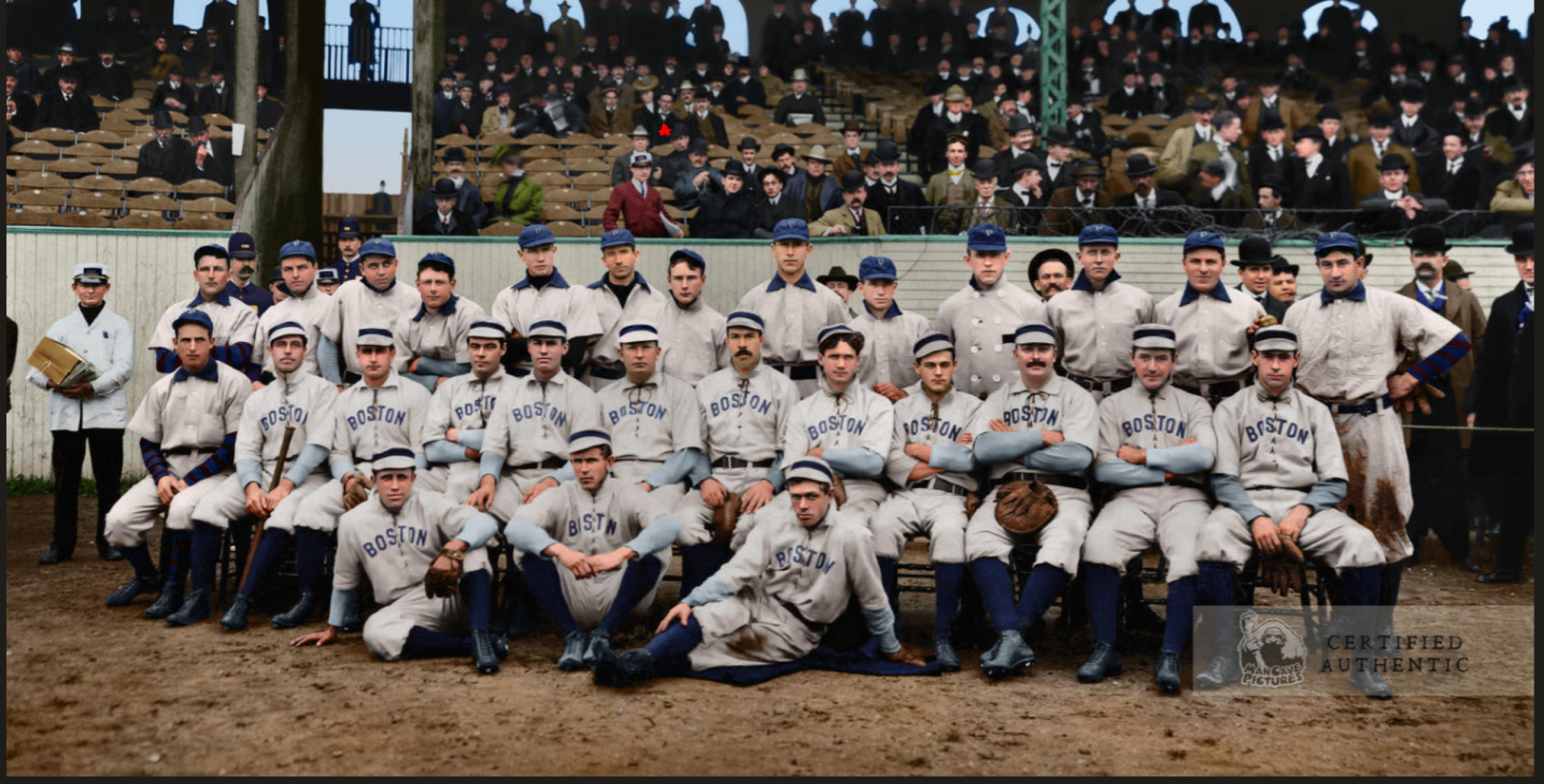
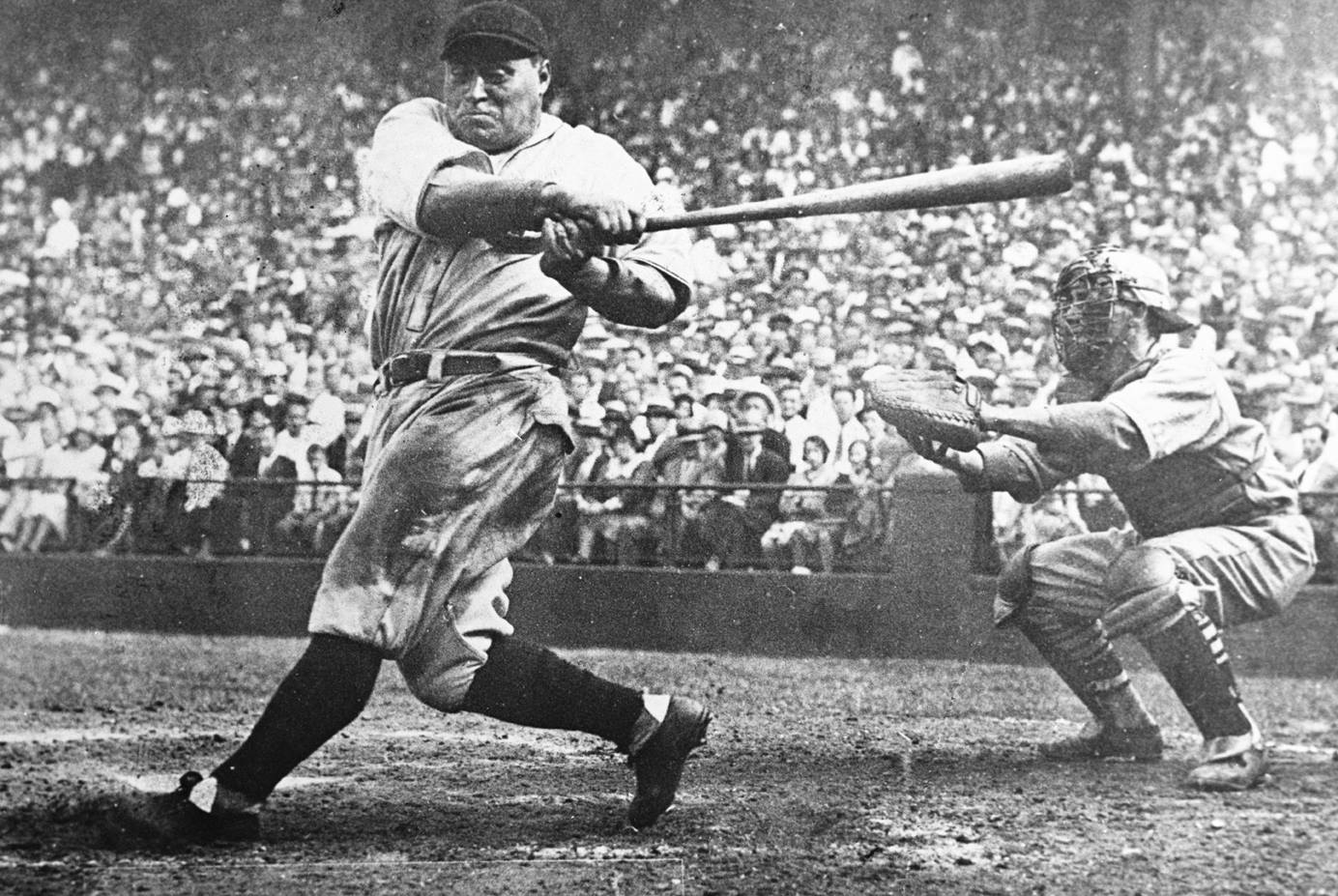
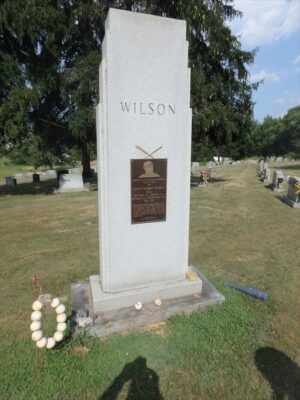
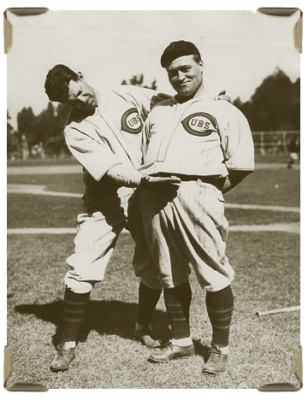
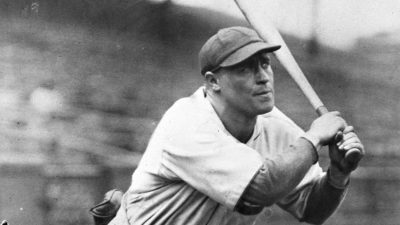
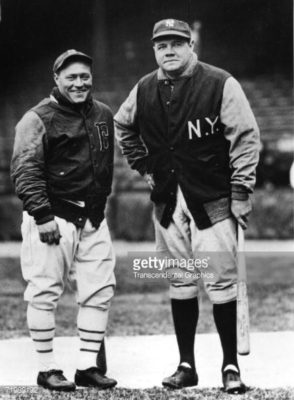
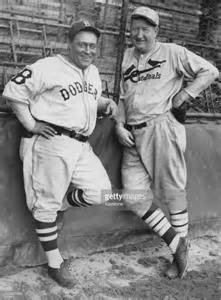
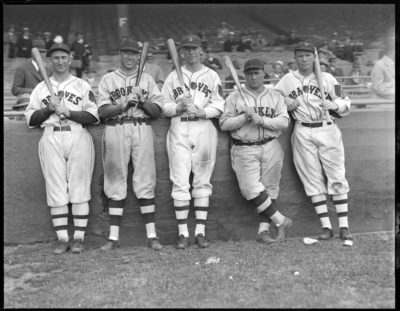
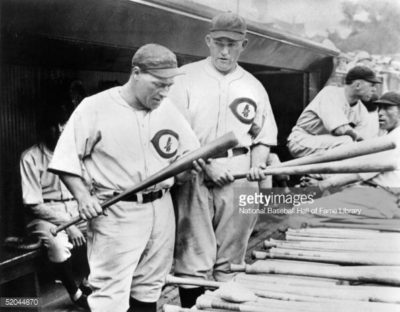
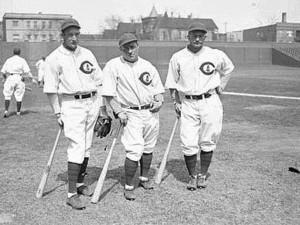
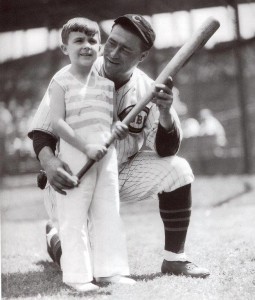
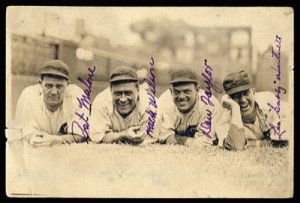
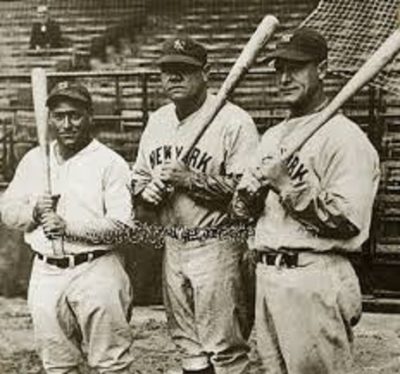
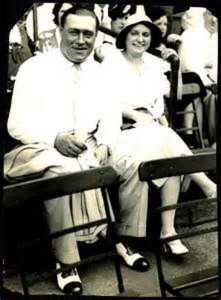
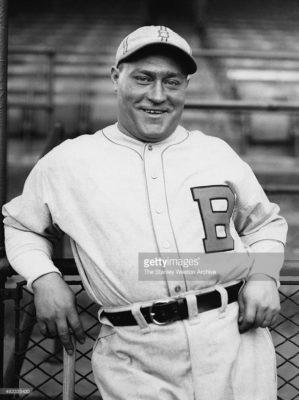
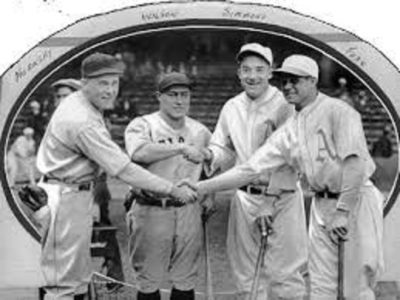
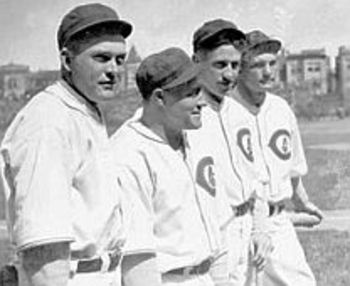
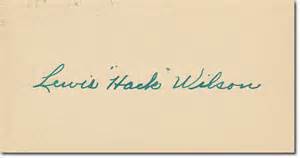
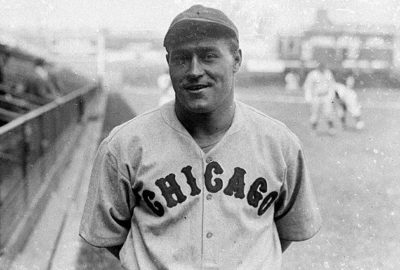
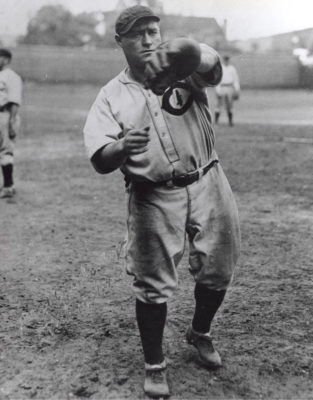

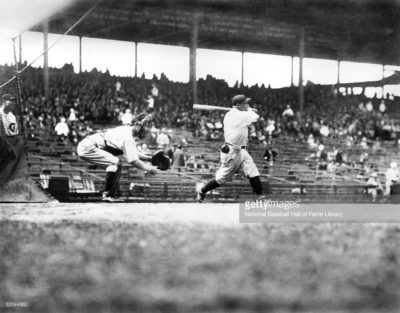
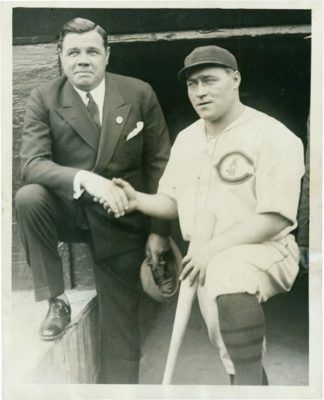
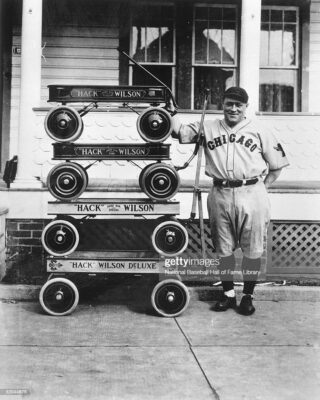
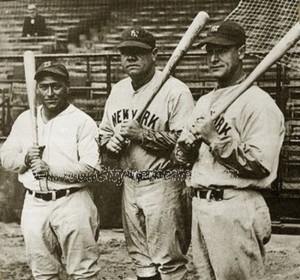
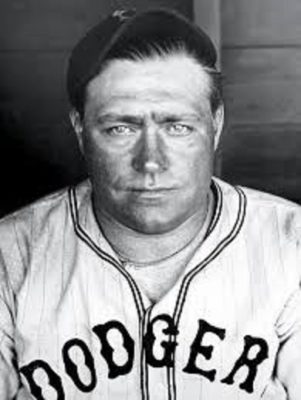
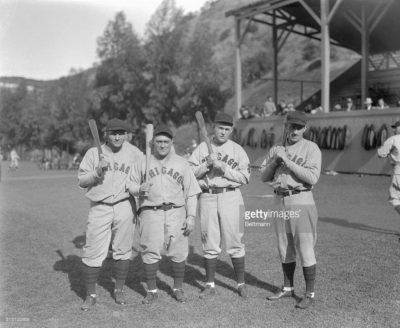
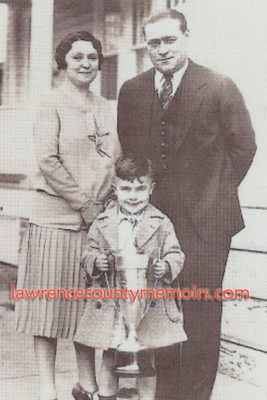

Fascinating story, Gary
Thanks Pete!
How’s the book doing, Pete?
Yeah, Gary, Wilson was a curious freak of nature with his amazing muscularity crammed into a short, fire plug figure. The alcoholism, I believe, was from his mother who tasted the “demon rum” on more than one occasion during her pregnancy.
Jean Shepard, the brilliant radio raconteur on WOR, spun a surreal tale in 1952 recounting Hack’s late night escapades in Chicago. I remember listening to the show, riveted, as a kid.
“If I saw three pitches coming at me at once, I swung at the middle one.”
Nice job, Gary, capturing the essence of a great but troubled slugger.
Thanks Bill!
I believe Jean Shepherd was the man behind the tale that eventually became “The Christmas Story”. I remember listening to him tell the story on the radio long before the movie came out.
Boot the Shepard show up about 10 years–a book came out in ’52. Jean was on a Cincinnati station at that time.
We’ll forgive you, TOB!
Gary, excellent information about Hack Wilson. I never knew this stuff. None of it, other than Hack was a Hall of Famer. Also, I enjoy your readers’ comments — another good source of information!
Thanks Ted…glad you liked it!
I never before realized he was only 5’6″ in height . . . Growing up in the 1960s, Hack was not far removed from the baseball culture of the time . . . The nickname “Hack” always seemed like one that deserved attention from fans . . .
Whether it was sincere or just the proper thing to say, Hack appeared on a CBS Radio program one week before his death, and seemed very contrite, telling of how he had been a “know it all” when he was younger . . .
Hack finished by telling kids not to be afraid to ask for advice, and to always be considerate of others . . . Considering that Hack had made a quarter of a million dollars in his career and soon found himself penniless afterward, it does not seem unreasonable to think he was sincere . . .
Thanks, Gary, for reminding the baseball world of Hack’s brief glowing as a bright flame . . .
Thanks George!
I remember reading once that the reason he was nicknamed “Hack” was that he was built like a barrel-chested ballplayer from the ’20s named Hack Miller and reminded everyone of him. Hack Miller was considered one of the strongest men ever to play the game. It was said he could pound 2-inch nails into wooden boards with his bare hands. Click on the link below to see a pic of Hack Miller:
https://www.baseballhistorycomesalive.com/wp-content/uploads/2022/12/1-Hack-M.jpeg
Somewhere I have read that both Hack Miller and Hack Wilson were nicknamed after the great wrestler George Hackenschmidt. All three where built like one another and Hackenschmidt was a boyhood hero in the late 1890’s and early 1920’s. In the vein of “if we don’t acknowledge history, we are doomed to repeat it,” Mickey Mantle’s final public address sounds a lot like Hack Wilson’s final radio speech.
Thanks Kevin. I thought the same thing about Hack’s and Mickey’s final speeches. Very similar messages.
Steven d is right on about Jean Shepard and “The Christmas Story” (actually Shepard was broadcasting in Philadelphia in 1952, he came to NY in ’55.) Mesmerizing, unique voice.
The Hack Wilson story is so intriguing, Gary. “His large head, tiny feet (18-inch neck, 51/2 shoes) short legs, and broad, flat face are now recognized as hallmarks of fetal alcohol syndrome.”
In 1930, Wilson was voted the NL’s “Most Useful” player by the Baseball Writers Association of America. The official MVP award was inaugurated in 1931.
Thanks for bringing the story to us again! You posted one about him a couple of years ago–well worth an encore.
From SABR biographies regarding Hack Miller:
“However, as young Hack matured, he began to resemble a famous wrestler of his day, the Russian strongman George Hackenschmidt. This generally is considered the source of Miller’s nickname “Hack.”
Thanks, I guess the nickname got transferred to Hack Wilson because he resembled Hack Miller…who resembled George Hackenschmidt! That’s quite an evolution for a nickname!